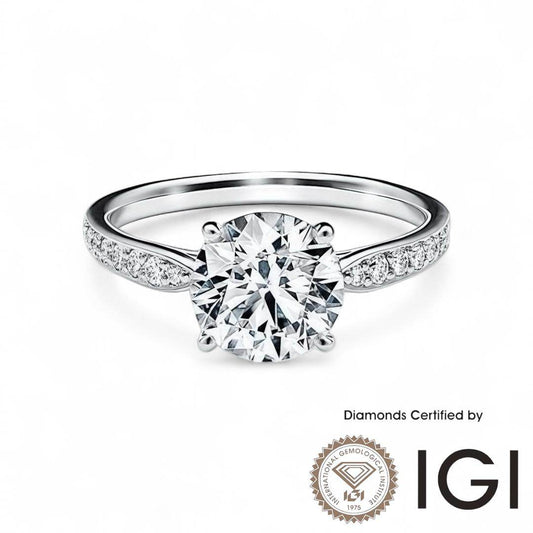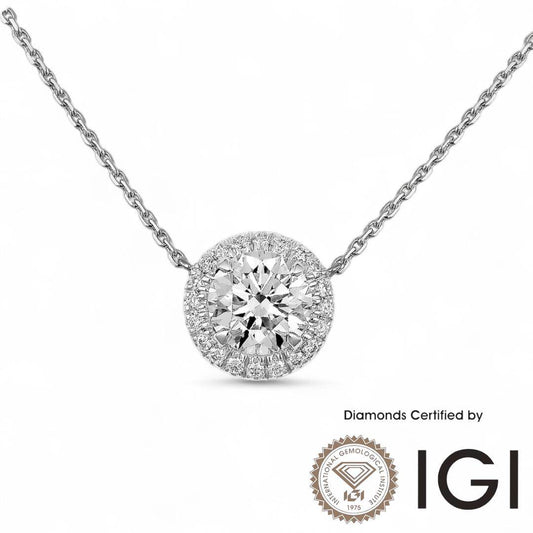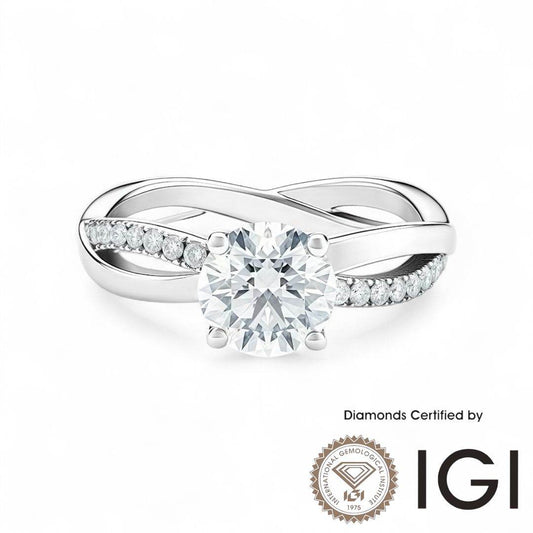K Gold vs Pure Gold: Differences, Karats, and Jewelry Guide 2025
When we talk about gold jewelry, the terms 24K, 18K, 14K, 10K, and 9K often appear. But what do they really mean, and which is best for you?
What Is Pure Gold?
24K / 999 Gold
Pure gold is considered 24K or 999 gold, containing 99.9% gold. However, due to its softness, pure gold is easily bent or scratched, making it less ideal for fine jewelry. Jewelers often mix gold with other metals such as silver, copper, zinc, or nickel to enhance strength and durability. This mixture is known as K gold.
Common Types of K Gold
24K Gold
99.9% pure gold; very soft and not ideal for daily wear.
18K Gold
75% gold, 25% alloy metals (AU750); balance of value and durability; produces yellow, white, or rose gold tones.
14K Gold
58.5% gold, 41.5% alloy metals (AU585); higher hardness for design jewelry; more affordable but slightly prone to tarnishing.
10K Gold
41.7% gold, 58.3% alloy metals (AU417); very durable and budget-friendly, but lower gold content.
9K Gold
37.5% gold, 62.5% alloy metals (AU375); practical, stylish, and scratch-resistant for daily wear. Anything below 9K is not considered gold jewelry.
Gold Comparison Table
| Karat | Gold % | Alloy % | Durability | Best Use |
|---|---|---|---|---|
| 24K | 99.9% | 0.1% | Soft | Investment, Rare Jewelry |
| 18K | 75% | 25% | Moderate | Luxury Jewelry, Long-term Value |
| 14K | 58.5% | 41.5% | High | Design & Fashion Jewelry |
| 10K | 41.7% | 58.3% | Very High | Budget-Friendly Jewelry |
| 9K | 37.5% | 62.5% | Very High | Everyday & Fashion Jewelry |
Note: Anything below 9K is not considered gold jewelry.
Color Variations in K Gold
Yellow Gold
Created by blending gold with copper and silver.
White Gold
Made by mixing gold with palladium, nickel, or silver.
Rose Gold
Created by adding more copper, giving a pinkish hue.
Allergies and Skin Sensitivity
Some people may experience allergic reactions to certain metals in K gold, especially nickel. Modern jewelry often comes with a thick plating layer (e.g., rhodium on white gold), significantly reducing allergy risks.
If you notice skin irritation or discomfort, stop wearing the jewelry immediately. For sensitive skin, 18K or 14K gold with low-nickel alloys is safer, while 9K gold should have plating protection.
K Gold Care Tips
- Clean regularly with mild soap and warm water.
- Store separately to avoid scratches.
- Avoid contact with harsh chemicals and perfumes.
- Have jewelry professionally polished when necessary.
With proper care, both 18K and 9K jewelry can maintain beauty and practicality for years.
Learn More
For further details, visit GIA: Methods for Determining Gold Content of Jewelry Metals.
FAQ
Which gold is best for daily wear?
9K gold is harder and more scratch-resistant, making it ideal for daily jewelry. 14K and 18K gold are also durable but softer than 9K.
Is 24K gold suitable for investment?
Yes, 24K gold has the highest purity (99.9%) and is preferred for long-term investment, though it is less durable for regular jewelry wear.
Can I wear white gold if I have sensitive skin?
Yes, but ensure the white gold has rhodium plating and low-nickel content. 18K or 14K gold alloys are safer for sensitive skin.
How do I care for K gold jewelry?
Clean with mild soap and warm water, store separately, avoid harsh chemicals, and have jewelry professionally polished when needed.
What is the difference between 14K and 18K gold?
14K gold has 58.5% gold, offering higher hardness and affordability. 18K gold has 75% gold, providing higher value and richer color but slightly softer.





